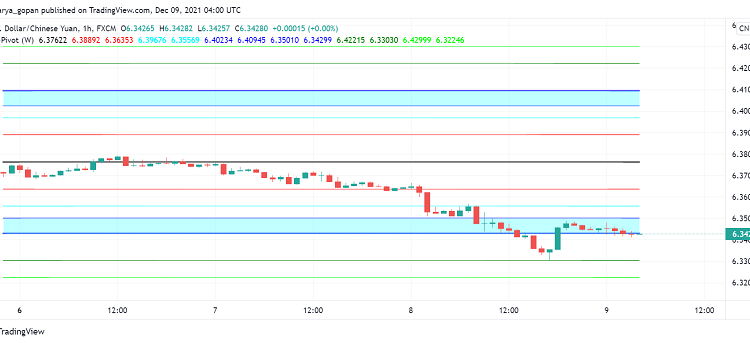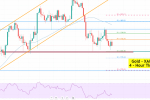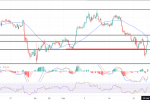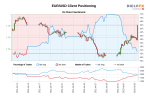China’s PPI Eases in November, But Higher Than Forecast

China’s PPI Eases, Some good news coming in for China with factory gate inflation easing lower in November on the back of government’s efforts to curb price rises; especially in commodities. China’s PPI touched 12.9% YoY during the month of November, weakening from the previous month when it had surged to 13.5% YoY.
However, the reading did come in higher than economists’ forecast which was for a decline to 12.4% YoY. Manufacturers across China received some relief from soaring; inflation with authorities coming down hard against soaring commodity costs even as power shortages in parts of the country registered an improvement in November.
Factory gate prices have been on the rise since May with commodity prices climbing higher; even as disruptions to the global supply chain raise raw material costs. This has forced several businesses to pass on higher costs to consumers, which has put further pressure on the economy with; consumer consumption remaining cautious due to the pandemic-related uncertainties.
These factors have considerably slowed down China’s pace of economic recovery after it posted a strong rebound from the pandemic earlier this year. In addition, sporadic outbreaks of COVID-19; in parts of China have further impacted both businesses as well as domestic consumption, clouding the outlook for China’s economy.
Consumer prices across China were up by 2.3% YoY; higher than October’s reading of 1.5%. However, November’s CPI did come in below economists’ expectations, which were; for an uptick to 2.5% YoY instead.
China’s PPI Eases, Impact on the Chinese Yuan
China’s PPI Eases, The news has failed to drive much volatility in the Chinese yuan, which continues to trade choppy against the US dollar. At the time of writing, USD/CNH is trading around 6.34.USD/CNH
Traders are hesitant to enter new positions in the CNH amid uncertainties about the potential economic impact of the Omicron variant. Even though several experts have played down the latest COVID-19 variant’s severity; traders prefer to adopt a wait and watch; approach before buying riskier currencies like the Chinese yuan.






